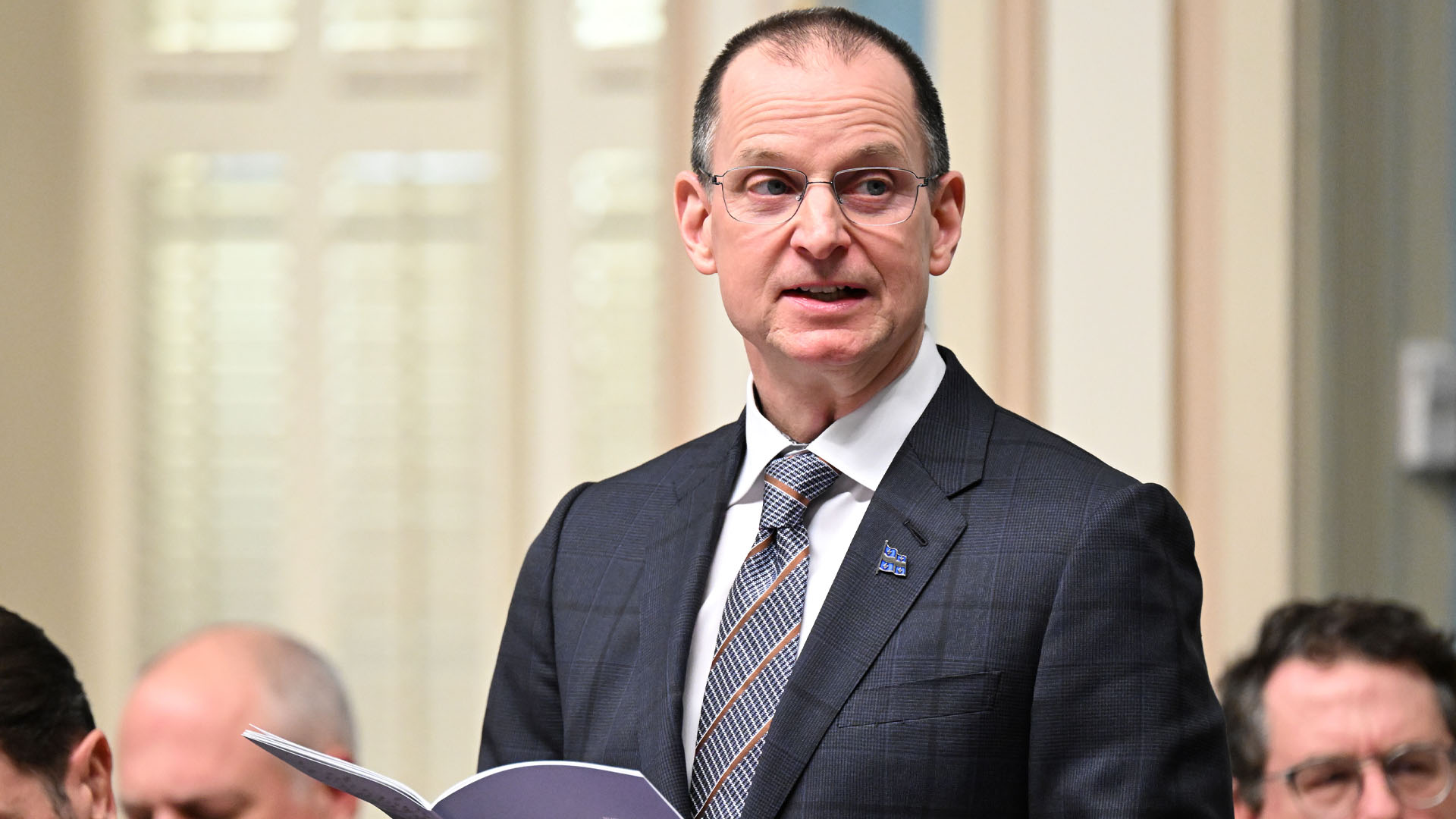
(Version française disponible ici)
The Quebec budget made headlines earlier this month for its projected $11 billion deficit in 2024-2025.
Excluding revenues from the Generations Fund and certain dedicated revenues – projected to be $2.2 billion in 2024-2025 – as well as a contingency provision of $1.5 billion, we can compare the Quebec deficit with those of other provinces. The difference between revenues and expenses comes to a deficit is $7.3 billion, or 1.2 per cent of GDP. Many have noted that other provinces and OECD countries have similar, if not higher, deficits as a proportion of GDP.
Is it the return of structural deficits in Quebec, after more than 20 years of relatively tight fiscal discipline, which has reduced the net debt burden from 50.9 per cent of GDP in 2012–2013 to 39 per cent in 2023–2024? If so, what does the province intend to do over the next decade? Several options are on the table and Quebec, like other provinces, will have to make choices quickly.
Cyclical and structural deficits
In Quebec, it was the size of the deficit compared to projections just a few months ago that was surprising. One-off factors, including costlier-than-expected wage negotiations and a drought that weighed on Hydro-Québec’s export revenues, are partly responsible for the gap. Largely driven by growing needs, Quebec also increased spending on health and education by $2 billion.
Let’s take a look at what the budget’s financial framework says about the next five years and beyond.
A cyclical deficit does not really pose a long-term sustainability risk. It is usually swallowed up sooner or later by growth in the denominator of the debt-to-GDP ratio, a fairly reliable measure of the level of indebtedness in relation to the government’s ability to repay it.
The days when a permanent structural deficit seemed sustainable to some because the interest rate on debt would be lower than economic growth appears to be over. Even if the fiscal cost of debt remains low due to a small difference between the interest rate on debt and economic growth, the risks associated with structural deficits are significant from the point of view of fiscal sustainability.
After the 2010s, when several provinces, including Quebec, reduced the pressure debt was applying to public finances, we are now entering a phase where the tailwind of economic growth has died down. Instead, a headwind is blowing in the form of the needs of an aging population, particularly in health care. Sailing in such conditions requires a great deal of skill. Difficult navigational choices must be made to reach the destination safely.
Beware of optimistic projections of a return to balance
Traumatized by unprecedented levels of indebtedness decades ago, Quebec reached a certain political consensus on the objective of reducing the debt burden and adopted budgetary laws. This objective is still enshrined in the new version of the Act to Reduce the Debt and Establish the Generations Fund, despite a more difficult financial context. The government is aiming to reduce the debt burden to 30 per cent of GDP by 2037-38 and has stated its intention in the budget to stay the course on this objective.
In this context, the financial framework presented in the last budget suggests that a return to balanced budgets is possible. This implies curbing program spending considerably over the time horizon, limiting it to two per cent in 2026-2027, 2.3 per cent in 2028-2029 and 2.6 per cent in 2028-2029. In inflation-adjusted dollars, this is equivalent to virtually no increase in spending, despite the fact that needs, particularly in health care and independent living (but also in infrastructure), will be growing significantly by the end of the decade.
Since 2015, Quebec has rarely curbed spending. Figure 1 shows the projections for the various financial frameworks since the 2015–2016 budget. Actual spending has always been well above projections. Of course, governments can’t be blamed for failing to see an unforeseeable pandemic. But the spending habit goes far beyond the pandemic. It’s structural.
The chart also highlights the fact that pandemic spending, which was intended to be cyclical, has turned out to be permanent. This is important to bear in mind when considering options.
Excluding the 2021-2022 and 2022-2023 pandemic budget years, average annual growth in program spending from 2015 was 4.6 per cent. Including the two pandemic fiscal years, the average annual spending growth was 6.1 per cent. With one or two exceptions, all these spending plans predicted a slowdown in program spending growth that never materialized. It’s a safe bet that pressure on the health-care portfolio will only increase. Furthermore, potential GDP growth is likely to be weak over the next ten years.
In short, we see the emergence of a significant structural deficit over the next few years, going well beyond a simple gap to close. That’s why it’s so important to measure the structural deficit carefully over the coming year, so that people can make informed decisions.
Possible solutions
From the point of view of fiscal sustainability, Quebec’s starting point is favorable. The province has some leeway with borrowing capacity that it didn’t have in 2012, when the net debt burden was over 50 per cent of GDP. That doesn’t mean it can get away with anything. Clear options need to be explored. Here are a few of them:
Option 1: Stay the course on the 2037-38 debt target. This is not a magic bullet. It requires reducing spending growth, cutting tax credits or increasing revenue. Once again, economic growth is so weak and borrowing costs so much higher than before that we can’t bank on the debt-to-GDP ratio to melt like snow in the sun with ongoing deficits.
In a province that taxes individuals and businesses heavily, there is limited room to keep seeking more from the revenue side. To curb spending will require a considerable effort at a time when health-care needs are exploding. Health already accounts for 43 per cent of the budget – and education spending is difficult to cut. If health care is growing at an average rate of 4.5 per cent but the target for total expenditure growth is 2.5 per cent, other expenditures including education will have to be limited to growth of 1.2 per cent a year.
The temptation will be to focus on productivity gains or maximizing the efficiency of public services, but these solutions are much simpler to propose than to implement. Pandemic spending that has become permanent needs to be cleaned up.
Option 2: Delay reducing the debt burden. Quebec could also make a deliberate choice, without abandoning its goal of maintaining fiscal sustainability, to take a break and aim for a stable debt-to-GDP ratio during the peak of our population aging. This option is just as sustainable as the first and cannot be dismissed.
The ideal trajectory for public finances depends on the marginal benefits of deficit-financed spending (for example: meeting the health and social needs of an aging population) and the fiscal cost of such spending, including the economic cost of raising taxes. This option is not a blank check for unproductive spending, particularly given the 20-year provincial consensus that deficits should be controlled.
There are other possibilities. A government willing to let spending grow in health and other areas to meet population needs could raise taxes in line with its ambitions and convictions. This would represent a communications hurdle, but taxpayers are capable of understanding the challenge facing the government.
If a government presents a clear and coherent plan that minimizes sustainability risks while spending to meet important societal challenges, it does not equate to out-of-control spending. Spending plans must be politically credible as well as economically feasible.
Are we entering a new era of financial challenges for all governments in Canada?
While waiting for the financial tide to turn, governments must be transparent with the public. The current plan in the fiscal framework leaves many questions unanswered. Something will have to give: spending must be constrained, revenue increased, or people will have to learn to expect deficits for the foreseeable future.
Here again, a healthy public debate on this financial challenge and its impact should take place, in Quebec as in many provinces. One day, the federal government will have to pay attention, too.
We can’t look at the federal government’s financial situation without considering that of the provinces. Their ability to borrow and meet these challenges depends in large part on the co-operation of the federal government, while respecting areas of jurisdiction. Between now and the 2025 budget when the province is required by law to present a plan to return to balance, this discussion must take place – in Quebec and elsewhere.










